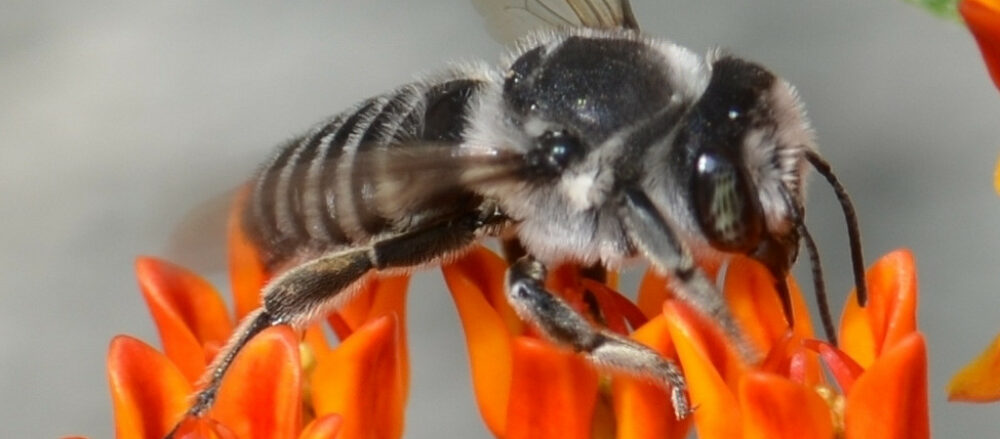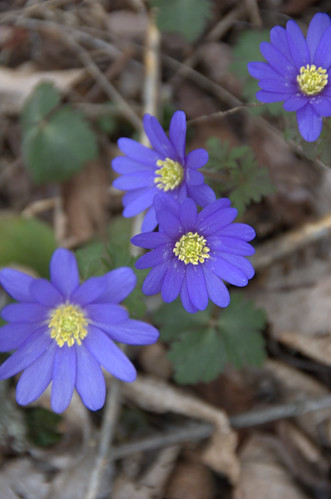Last Friday morning, the Chicago Spring Fling meetup of garden bloggers traveled to the Chicago Botanic Garden, one of the sponsors of the event. They provided a shuttle between the train station and the garden, free entry, and passes for the tram and this area: the Model Railroad Garden.
I had imagined a small kiddie ride of a train traveling through a garden. I thought it unseemly that a botanic garden should have an amusement ride in it. I also doubted that such a machine would have trouble handling my mass. So I wasn’t planning to visit this garden, despite the free pass.
However, as I left the landscape gardens behind, the entrance to this garden was right there. Since I had a free pass, I thought, “What the heck.” Similar to the New York Botanical Gardens annual display, this garden features, yes, model trains running continuously among model houses, buildings, dioramas and other scenes made of plant material. The difference is that this is outdoors, on and in the ground, with permanent plantings.
As a garden, it didn’t move me. But that’s not what this is about. It’s model trains. Leave your cynicism behind.
The 7,500-square-foot Model Railroad Garden features 17 garden-scale (G-scale) trains on 1,600 feet of track. The garden-scale trains are 1/29th the size of life-sized trains. Train and garden enthusiasts, young and old, return year after year for the delightful sights and sounds of the miniature trains traversing high and low through tunnels, across bridges, and around buildings — all intricately handcrafted with natural materials, including twigs, bark, leaves, acorns, and pebbles. More than 5,000 tiny trees, shrubs, groundcovers, and flowering plants of close to 300 varieties re-create the topographical landscape of America. Vignettes of tiny people and animals give the exhibit a storybook feel, while sound effects and a working geyser capture visitors’ imaginations.
– Railroad Garden
[bit.ly]
















